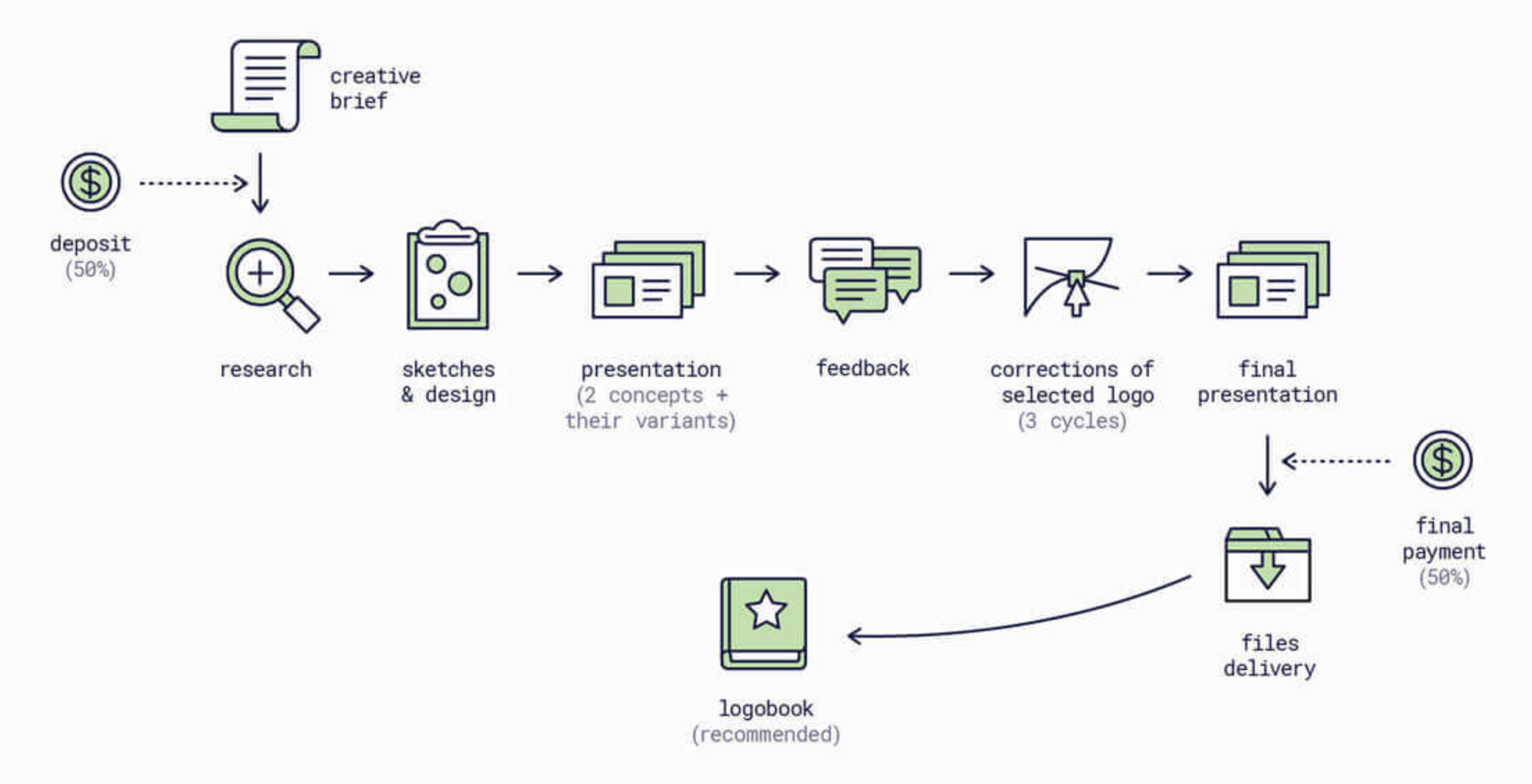2 Public Relations Planning and The Design Process
Every public relations campaign begins with a well-researched plan. This plan may be called a communications plan, media relations plan, social media strategy, and other titles, depending on the purpose. Spitfire Strategies offers a very effective communications planning tool called the SMART Chart. By Googling the terms, “communications plan” and “.pdf” you can find several publicly available examples of communications plans, often from public-facing organizations and governments. These plans can range from short focused plans for specific campaigns or initiatives, to much larger plans covering all of the communications activities and channels of an organization. Corporate communications plans can be harder to find online because they are proprietary in nature.
While the format of communications plans often differs, they generally include the same content areas and are major undertakings in their own right (for the purposes of this text, we will already assume the creation of a communications plan). Regardless of purpose, a communications plan should be developed using the R-A-C-E formula (Research, Analysis, Communication, Evaluation), or a similar strategic planning approach emphasizing research and evaluation. An effective plan will include SMART objectives (Specific, Measurable, Achievable, Realistic, Time Bound) and clear identification of audiences, tactics, deliverables and timelines.

It is in the subsequent development of these specific tactics/communications deliverables that we move into the world of design and production. It’s one thing to say a tourism campaign should include an Instagram story targeting foodie millennials in Surrey, BC. It’s another thing to actually create the concept for that story, and to then bring it to life using specific messaging, fonts, images, colours and then publishing it using appropriate resolution, file size and format – everything that is created through the design and production process.
The Creative Brief/Design Brief
In many ways, the design process mirrors the public relations planning process. Good design begins with and is dependent on a detailed and well-researched creative brief (also called a design brief in the context of design), which functions like a mini-communications plan for a specific communication deliverable. Its purpose is two fold:
1. To get client approval of the terms of reference and general creative approach to a specific design problem.
2. To guide the creative/design team who are creating the deliverable that is intended to solve the design problem.
A detailed and well-researched communications plan will already provide much of the information required to create the brief, however the brief will be even more customized for the specific deliverable (e.g. social media graphic, brochure, website banner, YouTube video), which functions as a guiding document for the design by clearly identifying the design problem and the context in which it is being approached. The designer will also conduct their own research based on the design brief in order to develop concepts. This process is described in detail in the Design Process chapter of this book.
Design Process based on Creative Brief (includes designer’s personal approach to drafts, payment and delivery)

Public Relations and Design Go Hand-in-Hand
Public relations is about creating beneficial relationships between organizations and their diverse publics through the use of creative and strategic communication. Design is the art of communication and problem solving through imagery.
At smaller organizations, PR and communications professionals are often expected to have the basic graphic design, audio and video production skills necessary to create different forms of communication to connect with audiences and help build beneficial relationships. At a minimum, it is expected that they are able to understand and communicate effectively with specialists like graphic designers and video producers who might be contracted to produce a specific communication product. A clear understanding of the communications planning process, and the role of the creative brief (design brief) for producing specific deliverables, is the pre-requisite for developing this understanding and skill set.

